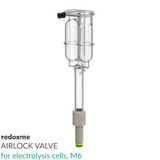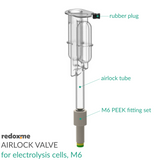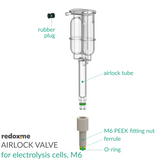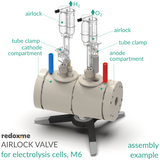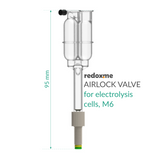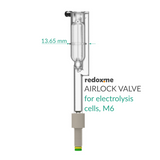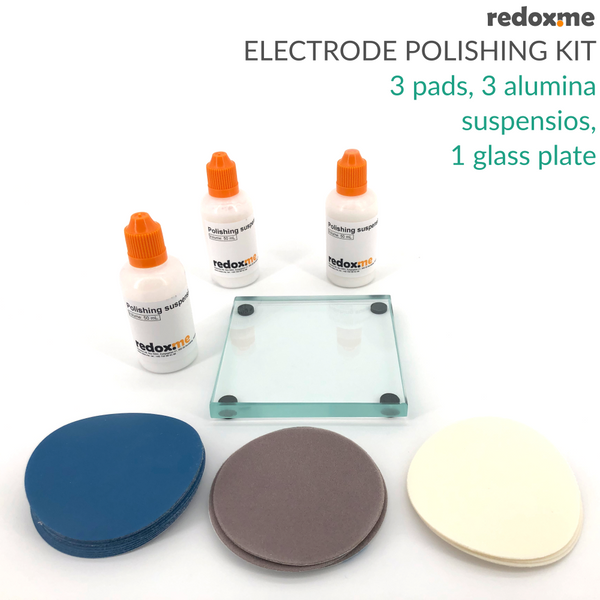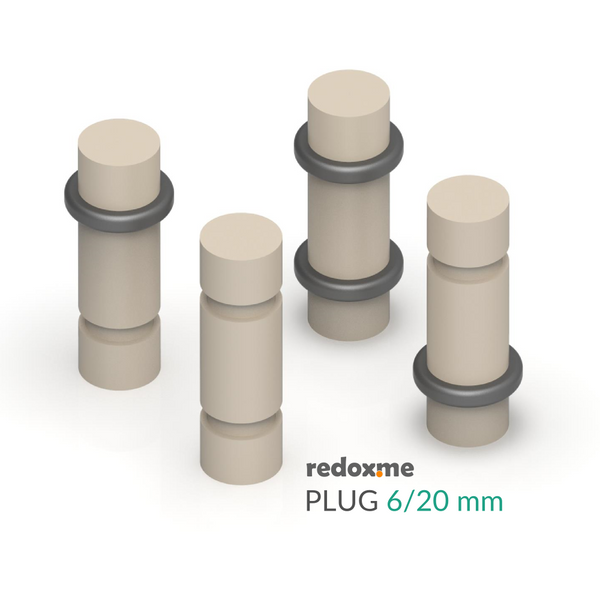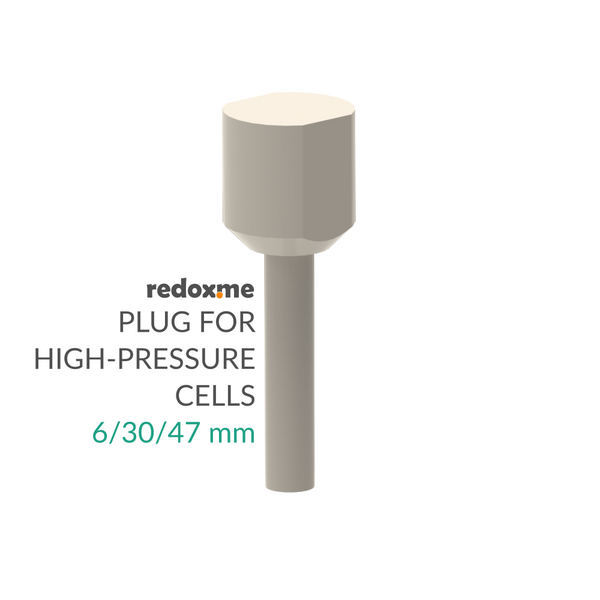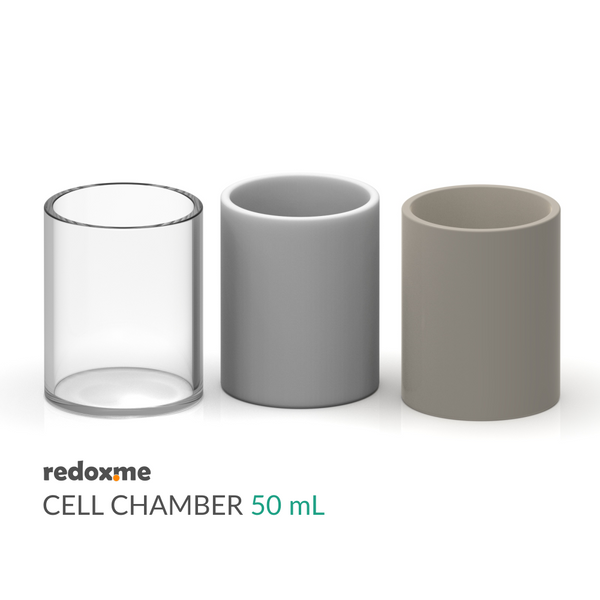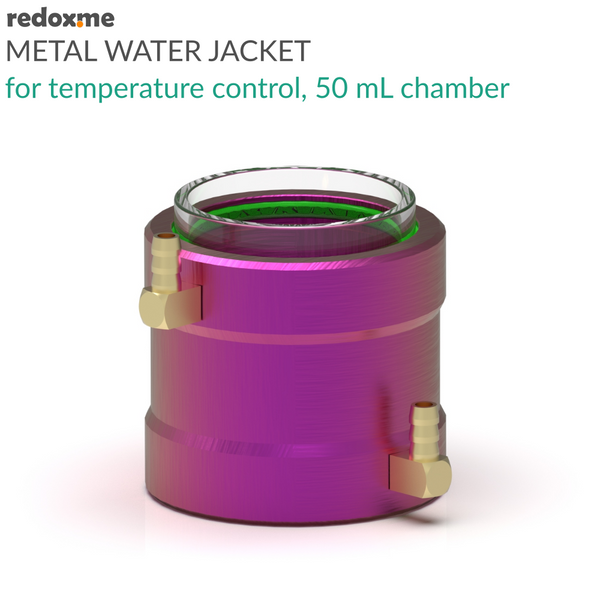Airlock valve for electrolysis cells - M6
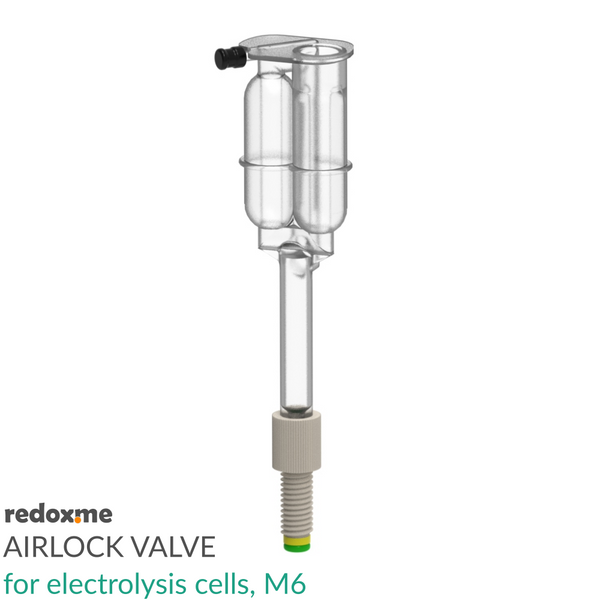
The airlock valve serves a specific purpose related to managing the environment around the cell and the gases produced during the electrolysis process. The airlock valve in an electrolysis cell is used to control the release of gases (typically hydrogen and oxygen) that are produced as a result of electrolysis. Electrolysis involves passing an electric current through an electrolyte solution to drive a chemical reaction that splits water (H2O) into hydrogen (H2) and oxygen (O2) gases. As the electrolysis process occurs, hydrogen gas is produced at the cathode (negative electrode), and oxygen gas is produced at the anode (positive electrode). The airlock valve is often connected to the chamber or vessel where the electrolysis cell operates. It allows the gases generated during electrolysis to be safely vented. The valve also prevents air or contaminants from entering the cell during operation, ensuring that the electrolyte solution and electrodes remain uncontaminated and the process is efficient.
Application note
The airlock valve is compatible with all redox.me cells having M6 threaded fittings that allow its vertical installation. To ensure proper operation, the airlock should be filled halfway with organic oil, preferably transparent with a viscosity of 80 - 150 cP. The rubber plug must be removed when filling with oil or zeroing the airlock. If the oil level is not equal in both airlock chambers, it indicates overpressure (or rarely underpressure) in the electrolysis cell chamber. The airlock must be used in a vertical position only.
Specification
thread: M6
tube material: chemically resistive photo-cured resin
valve type: one-way
Intrastat data
HS Code: 84198998
Country of Origin: Sweden
NET weight: 20 g
Product includes
1 x airlock tube
1 x rubber plug
1 x set of O-rings
1 x PEEK M6 fitting nut with ferrule
Related products
Electrochemical cells
Photo-electrochemical cells

